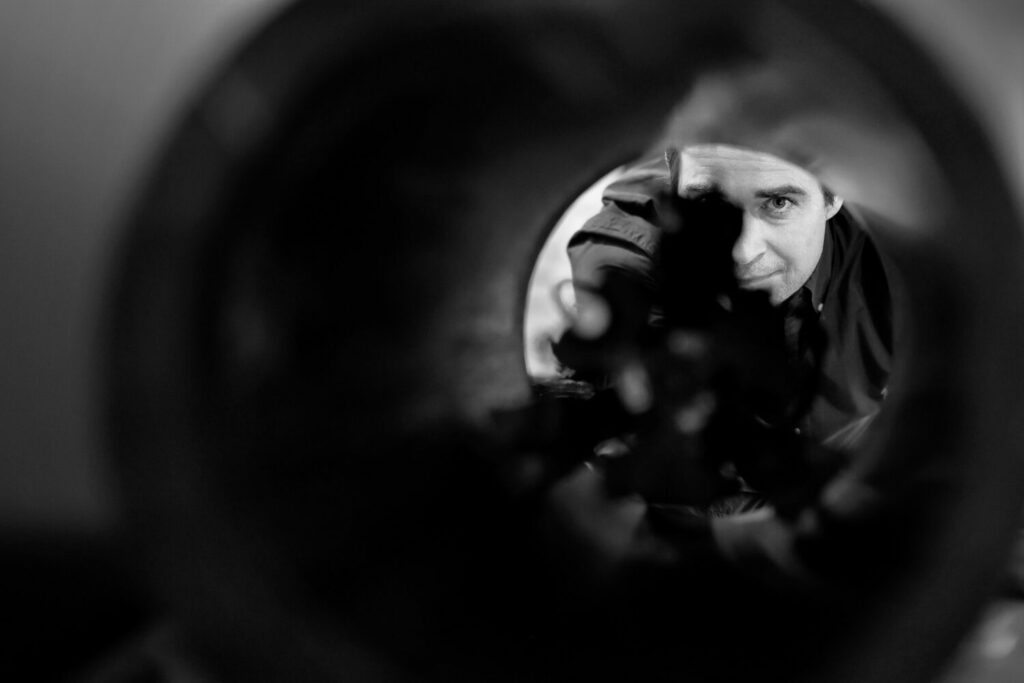Key data for the project
Title: Ultrasound to verify that the cementation of the annulus
Project owner: Equanostic AS by project manager Stig Støa
Project partners: Equanostic AS and Aker BP ASA
Support from the CLIMIT programme: NOK 11.2 million.
Project period: 2020-2023
More details available from the Research Council’s project bank.



